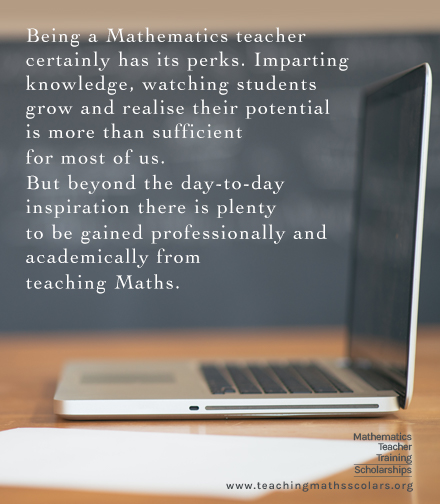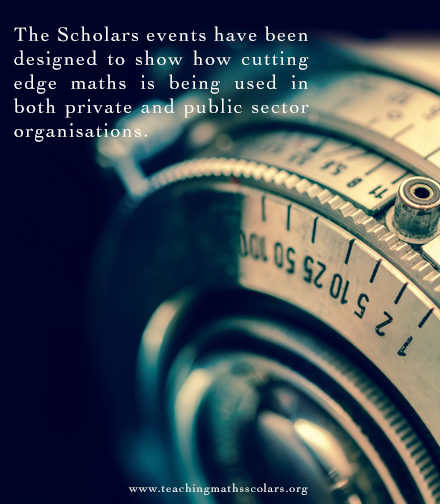Lee Griffiths is a Maths Scholar

There are few things in the curriculum so abstract as geometry, especially when it comes to getting out your straight edge and compass. However, we as teachers and mathematicians rely on it heavily. We demonstrate and describe the behaviours of almost every other area of mathematics, from number lines for counting to areas under curves for calculus and further still.

Are we taking the humble line and circle for granted?
For a discipline with such breadth as to support and challenge all students - from the beginner to the expert – and with a tremendous capacity to educate using visual, non-verbal methods you would expect the explicit topic of geometry to feel somewhat less tangential to mathematics teaching in schools.

Why bother? This is THE question
But really you could lift the topic of construction right out of the curriculum and barely notice its absence. Students learn the names of shapes, are told what parallel and perpendicular lines are, fold and turn pieces of paper to identify symmetry, and fumble with their rulers and compasses to draw what often feels like arbitrary arcs and lines. So why even bother?
“Just tell me how to do it”
This was the reply of a 14-year-old student in my class when I tried to describe the mechanics behind the construction of an angle bisector. The plea was appealing. After all, this particular skill wasn’t providing practical skills like those in number do, nor laying the foundation for later work in the same way that topics in algebra can. Students were expected to learn a small handful of abstract constructions and never touch them again.
Looking for shortcuts to problems
Recently a colleague showed me an app – a game – called “Euclidea.” The aim is to create an increasingly difficult set of constructions using circles and line segments, providing rewards for fewest lines and moves used to do so. You gain more tools if you can create them using a straight edge and compass – such as an angle bisector – which is then freely available as a shortcut for more difficult problems.
The parallel with the way we learn mathematics was immediately evident and inspiring
This is how harder solutions are found by building upon previously acquired knowledge, whilst at the same time rewarding those that understand exactly how these tools work. Most importantly it made me realise why I enjoyed mathematics in the first place: it’s fun.
We should have fun with mathematics
Since trying to get all my students, friends and colleagues to play I’ve had loads of great learning and teaching moments, from students asking how to construct a rhombus to myself pleading for someone to help me inscribe a square in fewer moves. It’s sometimes easy to get lost in the pragmatism of mathematics teaching, justifying its study through academic achievement, life skills and career prospects – but that doesn’t mean that we can’t learn to have fun with mathematics, nor that we can’t have fun in order to learn it.
If you love maths and want to demonstrate to others how much fun it can be then maybe it’s time to apply to be a Maths Scholar. For more details on Maths Scholar applications start here.